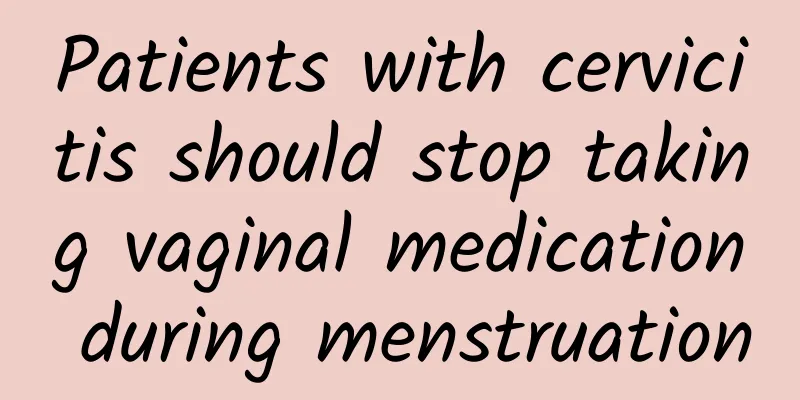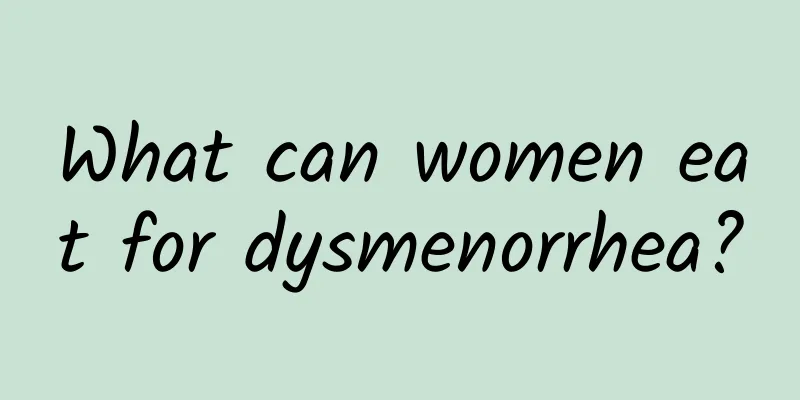What are the symptoms of intrauterine adhesions? Pay attention to timely treatment

|
If there is long-term gynecological inflammation or multiple miscarriages, the endometrium may be damaged, which may cause intrauterine adhesions. So what are the symptoms of intrauterine adhesions? How should it be treated? 1. Symptoms of intrauterine adhesions |
<<: How to treat intrauterine adhesions? 3 common methods
>>: What are the examination methods for intrauterine adhesions? A pathological phenomenon
Recommend
Are black beans a "catalyst" for breast cancer? Doctor: If you don't want cancer to come quickly, learn to avoid these foods
"Doctor Qiu, have you heard? Aunt Wang next ...
Can you lose weight by eating only vegetables for dinner? Nutritionists teach you how to eat the right foods and lose weight without starving yourself
In order to lose weight successfully, many people...
Irregular menstruation in girls can directly lead to female infertility
Clinically, infertile women will have different d...
What is pelvic peritonitis?
What is pelvic peritonitis? Pelvic peritonitis is...
Classification of early symptoms of vulvar leukoplakia
Vulvar itching is the main early symptom of vulva...
Will candidal vaginitis affect sexual life? What are the hazards of candidal vaginitis?
Vaginal candidiasis can affect the quality of sex...
What foods are good for the body if you are born without vagina?
What foods are good for the body for people with ...
Is it expensive to treat functional uterine bleeding?
Functional uterine bleeding is very harmful in li...
What to do about pelvic pain caused by endometriosis
What to do if you have pelvic pain caused by endo...
What should I do if I find out I have uterine fibroids after I get pregnant? Can I ignore uterine fibroids that are smaller than 6 cm?
Since uterine fibroids do not have particularly o...
What items should be reviewed after abortion?
Generally speaking, abortion refers to artificial...
Are pelvic inflammatory suppositories effective?
Are pelvic inflammatory suppositories effective? ...
Does pelvic inflammatory disease cause abdominal pain?
Pelvic inflammatory disease refers to a disease c...
What kind of complications will occur after a painless abortion?
Painless abortion surgery is more common in today...
What are the dietary taboos for cervical warts
Competition in today's society is becoming in...









